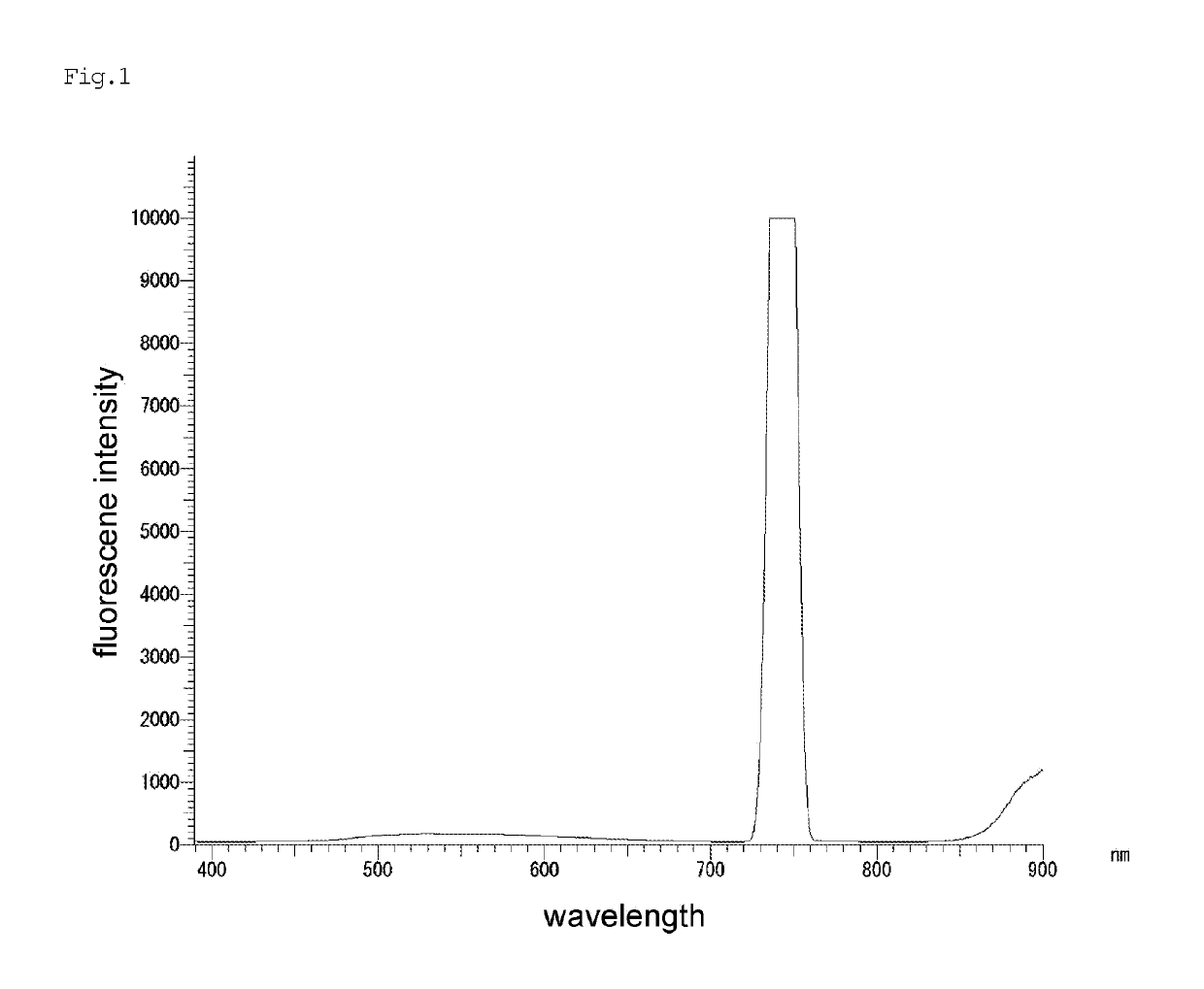Liquid crystal polymer
a liquid crystal polymer and polymer technology, applied in the field of liquid crystal polymer, can solve the problems of affecting the performance of instruments, the fluorescence intensity of fluorescent resins decreases with time, and the substance is easily desorbed, so as to suppress the fibrillation and improve the appearance of products
- Summary
- Abstract
- Description
- Claims
- Application Information
AI Technical Summary
Benefits of technology
Problems solved by technology
Method used
Image
Examples
example 1
[0103]The following compounds were charged in a reaction vessel equipped with a stirring blade and a distillation tube, and the temperature was raised in a nitrogen gas atmosphere from 40 to 170° C. taking 1 hour and was kept at 170° C. for 30 minutes, and then was heated to 350° C. taking 7 hours. The reaction was further conducted at 350° C. for 10 minutes, and the pressure was reduced at 350° C. Subsequently, the pressure was reduced to 10 torr over 1.5 hours, and the polycondensation was completed when a predetermined stirring torque was reached. The content was removed from the reaction vessel and pellets of a liquid crystal polymer were obtained with a pulverizer. The amount of the distilled acetic acid during the polymerization was almost the same as the theoretical amount.
4-hydroxybenzoic acid: 70 parts by mole
2-hydroxy-6-naphthoic acid: 2 parts by mole
Hydroquinone: 14 parts by mole
2,6-naphthalenedicarboxylic acid: 14 parts by mole
Pyromellitic acid: 1.0 part by mole
Acetic an...
example 2
[0106]The following compounds were charged in a reaction vessel equipped with a stirring blade and a distillation tube and subjected to the polycondensation and the molding in the same procedure as in Example 1, and deflection temperature under load, tensile strength, bending strength and bending elastic modulus and fibrillation were evaluated. The results are shown in Table 1 together with the melt viscosity and the crystal melting temperature of the resulted resin.
4-hydroxybenzoic acid: 70 parts by mole
2-hydroxy-6-naphthoic acid: 2 parts by mole
Hydroquinone: 14 parts by mole
2,6-naphthalenedicarboxylic acid: 14 parts by mole
Pyromellitic acid: 0.3 parts by mole
Acetic anhydride: 105 parts by mole
example 3
[0107]The following compounds were charged in a reaction vessel equipped with a stirring blade and a distillation tube and were subjected to the polycondensation and the molding in the same procedure as in Example 1, and deflection temperature under load, tensile strength, bending strength and bending elastic modulus and fibrillation were evaluated. The results are shown in Table 1 together with the melt viscosity and the crystal melting temperature of the resulted resin.
4-hydroxybenzoic acid: 70 parts by mole
2-hydroxy-6-naphthoic acid: 2 parts by mole
Hydroquinone: 14 parts by mole
2,6-naphthalenedicarboxylic acid: 14 parts by mole
Pyromellitic acid: 0.5 parts by mole
Acetic anhydride: 105 parts by mole
[0108]
TABLE 1ComparativeExample 1Example 1Example 2Example 3addition amount of1.000.30.5pyromellitic acid(part by mol)melt viscosity34192730(Pa · s)temperature of350350350350viscositymeasurement (° C.)crystal melting315326320318temperature (° C.)deflection247277255251temperature underloa...
PUM
| Property | Measurement | Unit |
|---|---|---|
| wavelength range | aaaaa | aaaaa |
| wavelength range | aaaaa | aaaaa |
| wavelength | aaaaa | aaaaa |
Abstract
Description
Claims
Application Information
 Login to View More
Login to View More - R&D
- Intellectual Property
- Life Sciences
- Materials
- Tech Scout
- Unparalleled Data Quality
- Higher Quality Content
- 60% Fewer Hallucinations
Browse by: Latest US Patents, China's latest patents, Technical Efficacy Thesaurus, Application Domain, Technology Topic, Popular Technical Reports.
© 2025 PatSnap. All rights reserved.Legal|Privacy policy|Modern Slavery Act Transparency Statement|Sitemap|About US| Contact US: help@patsnap.com



